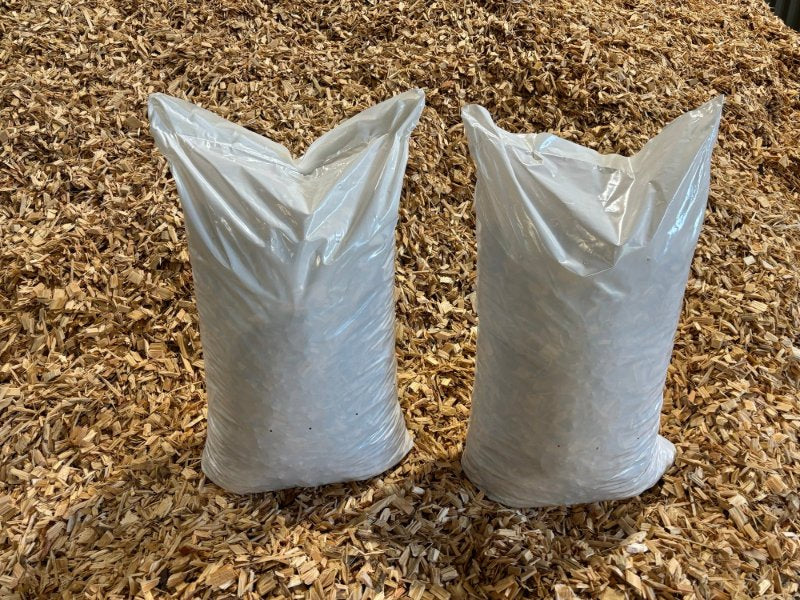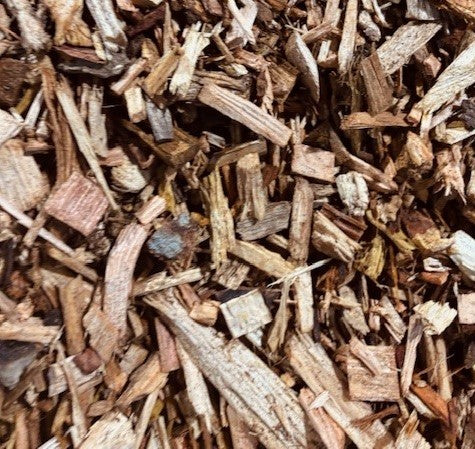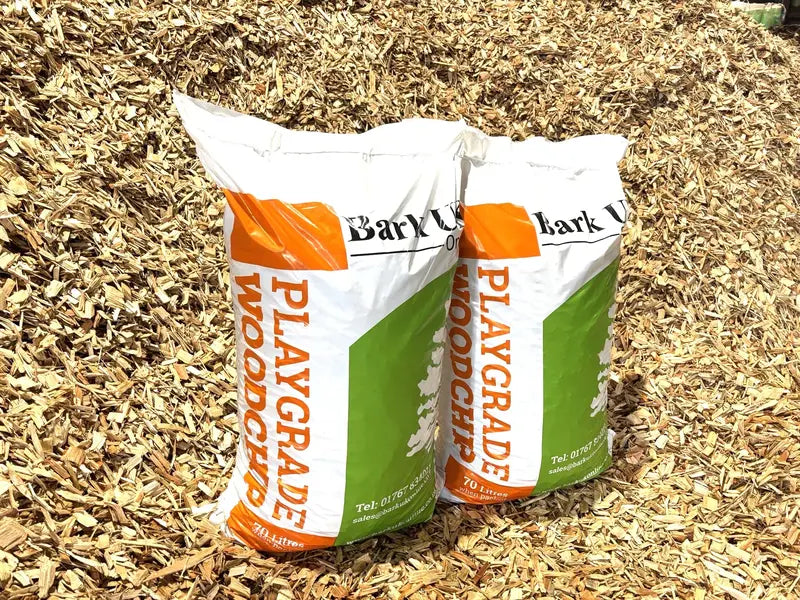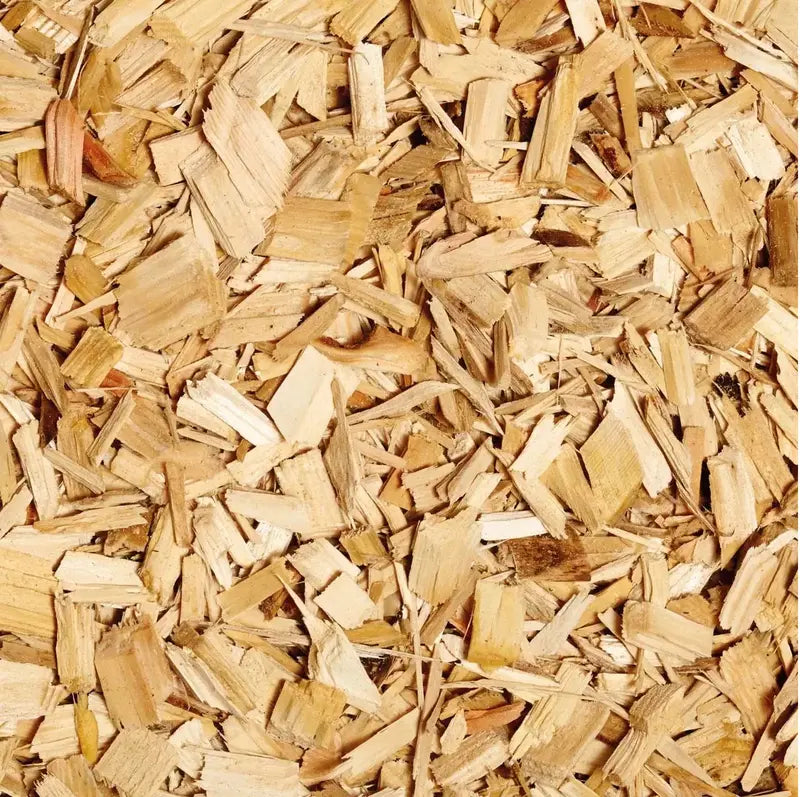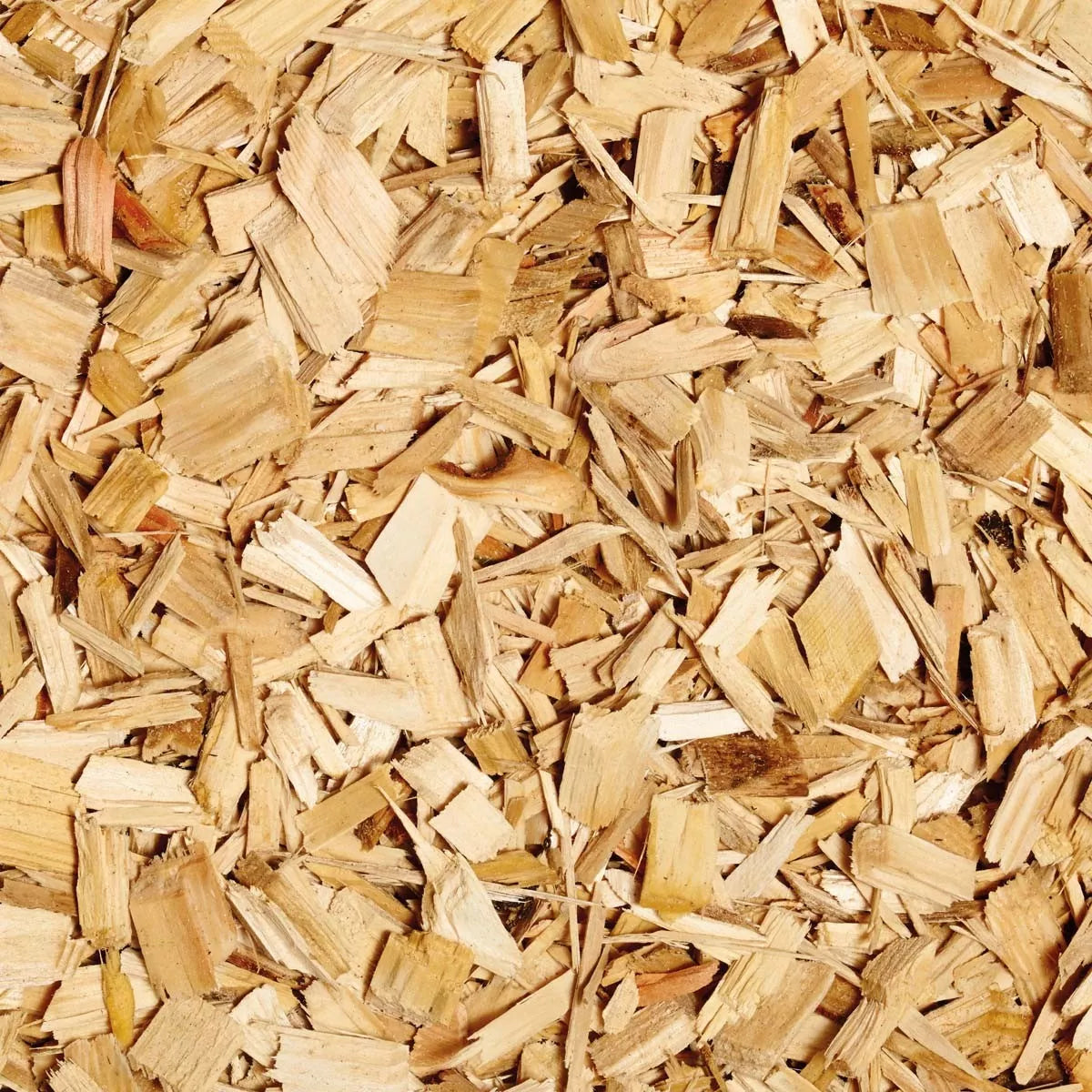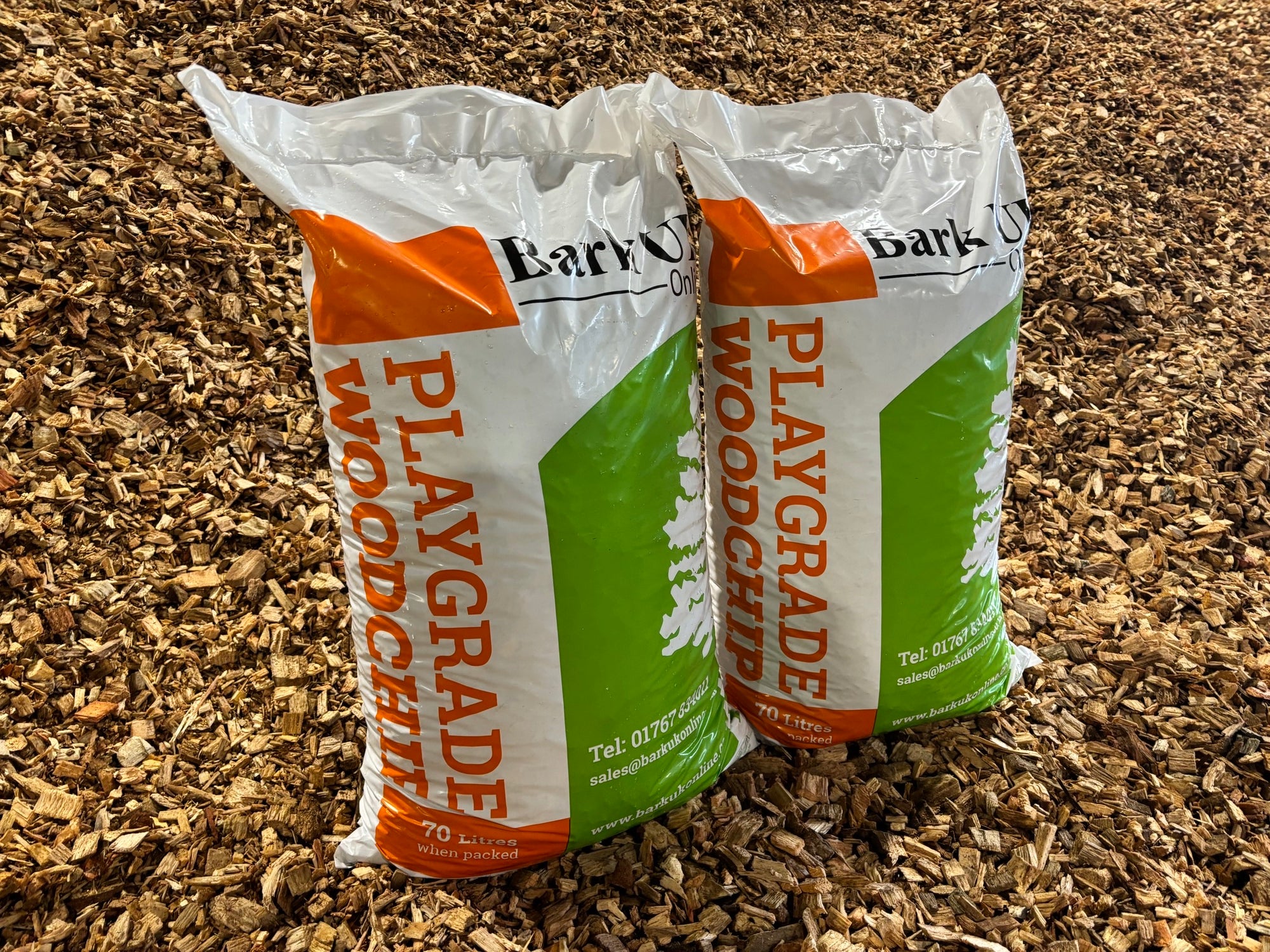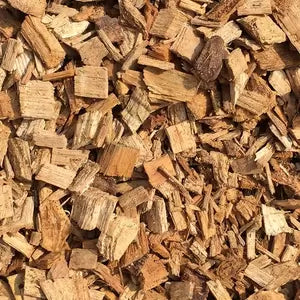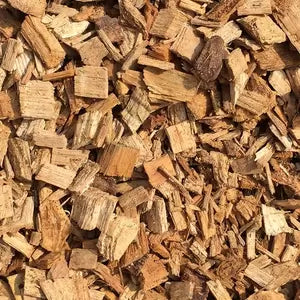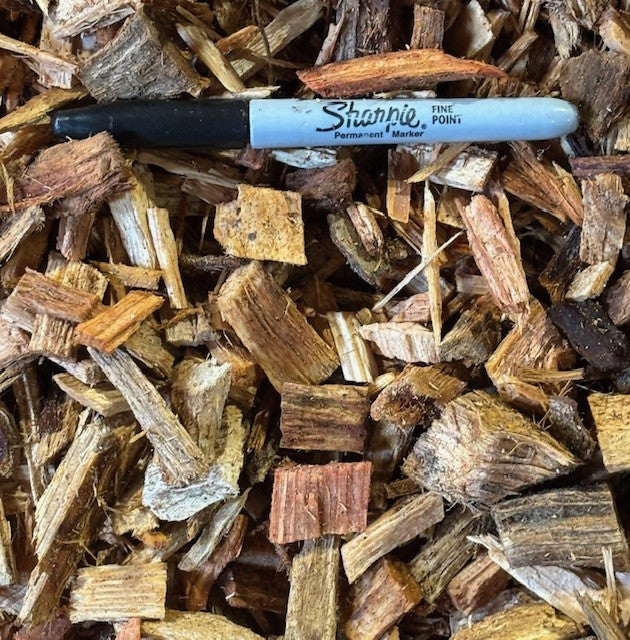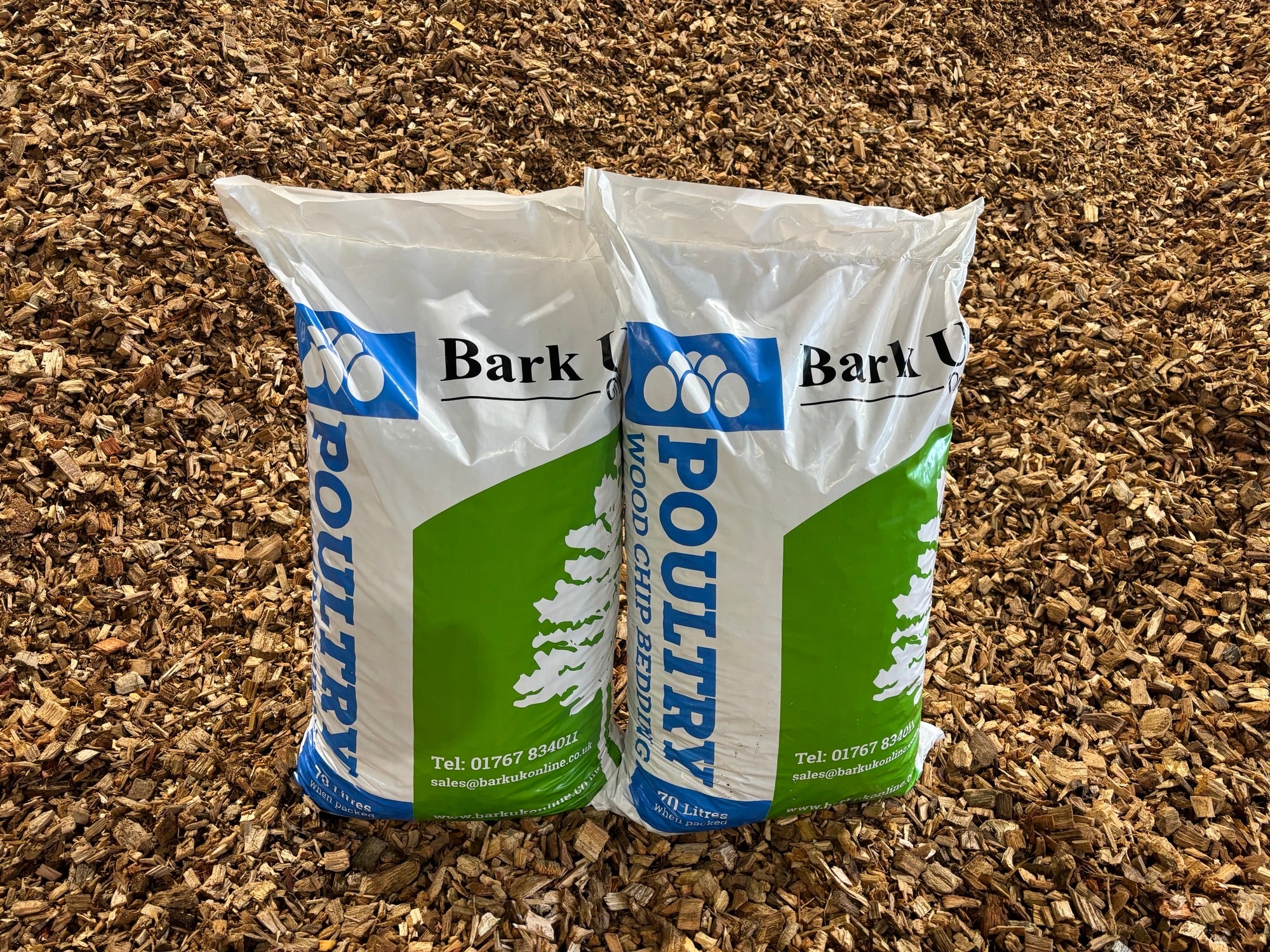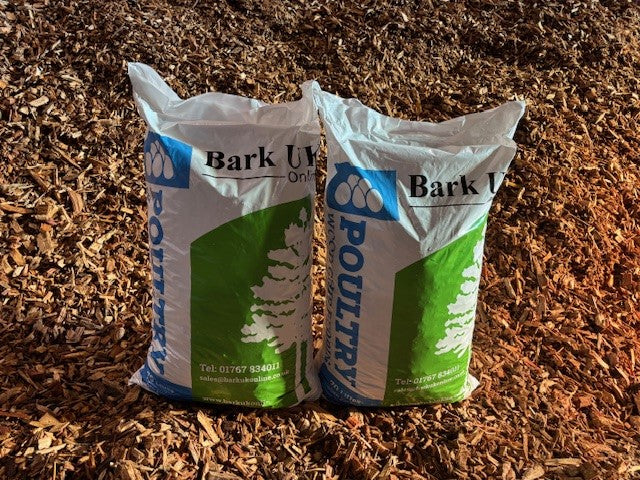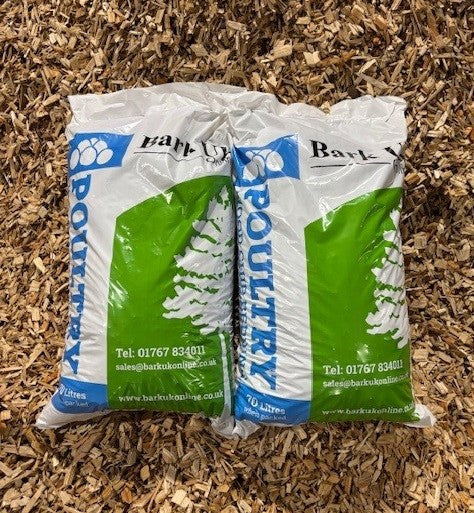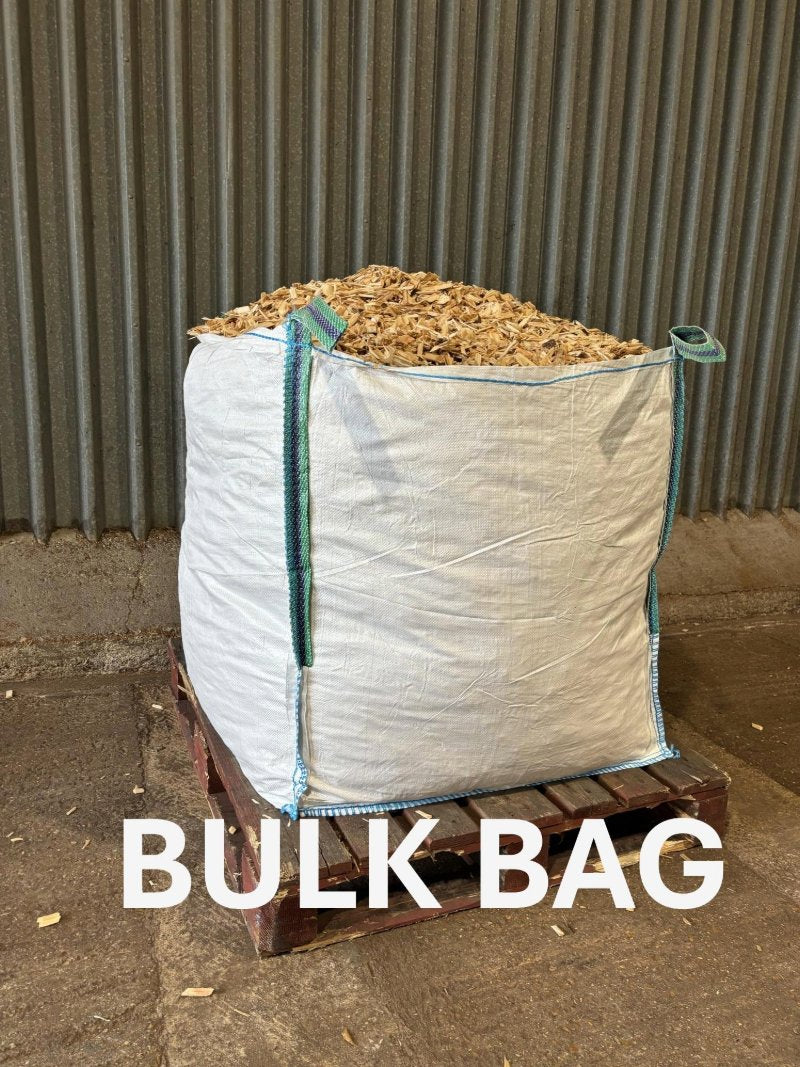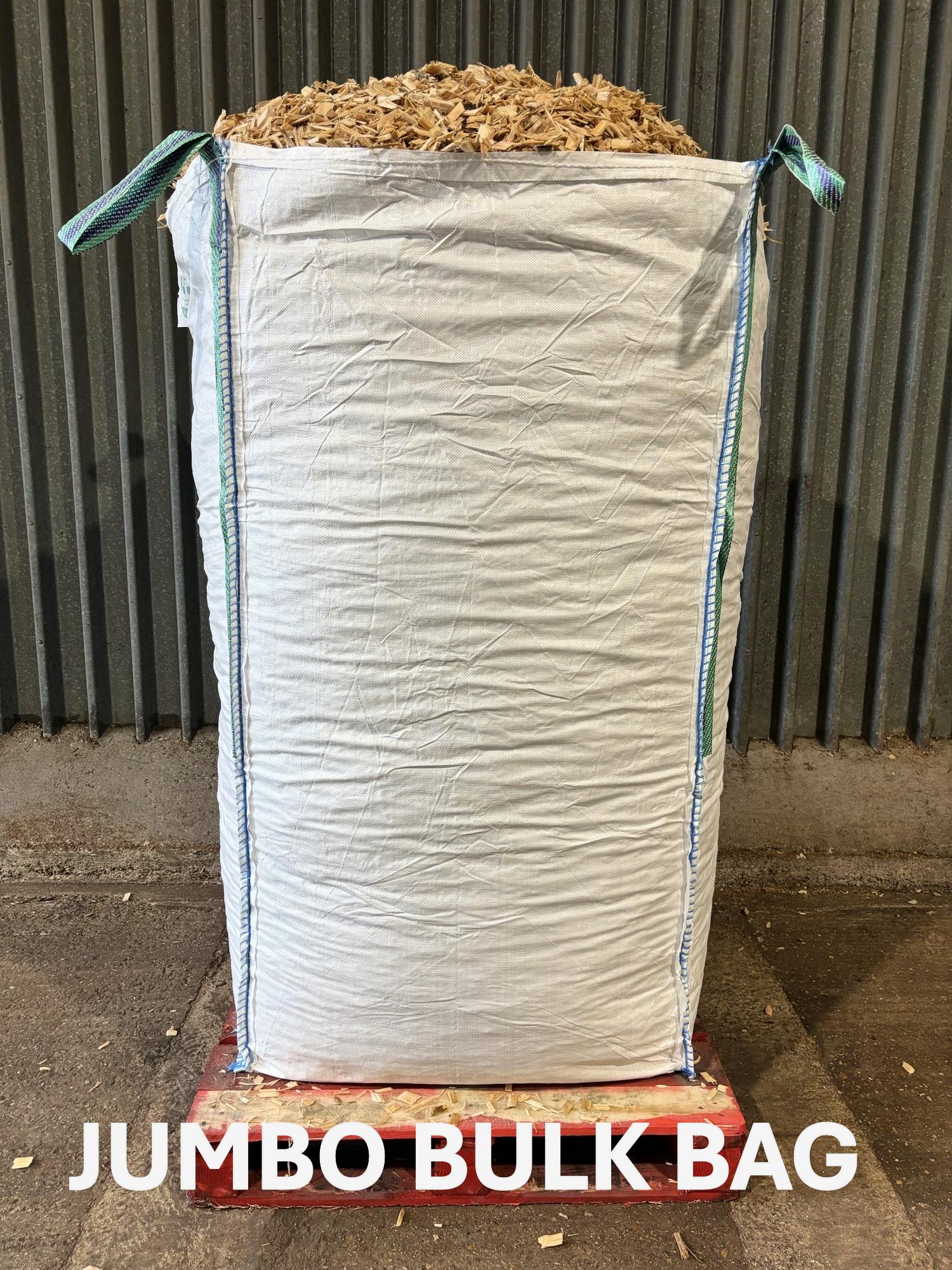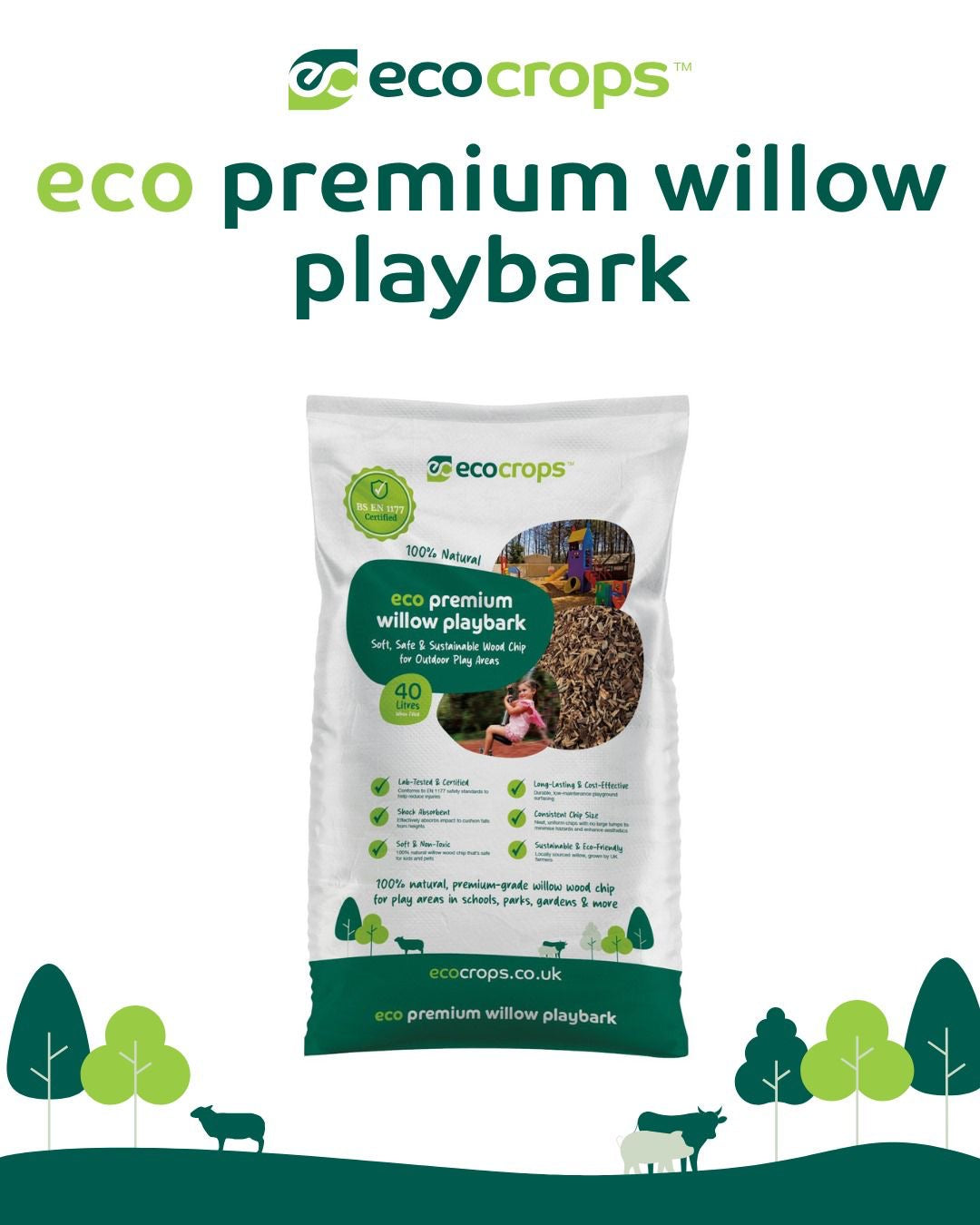How to Create Natural Pathways Using Wood Chippings
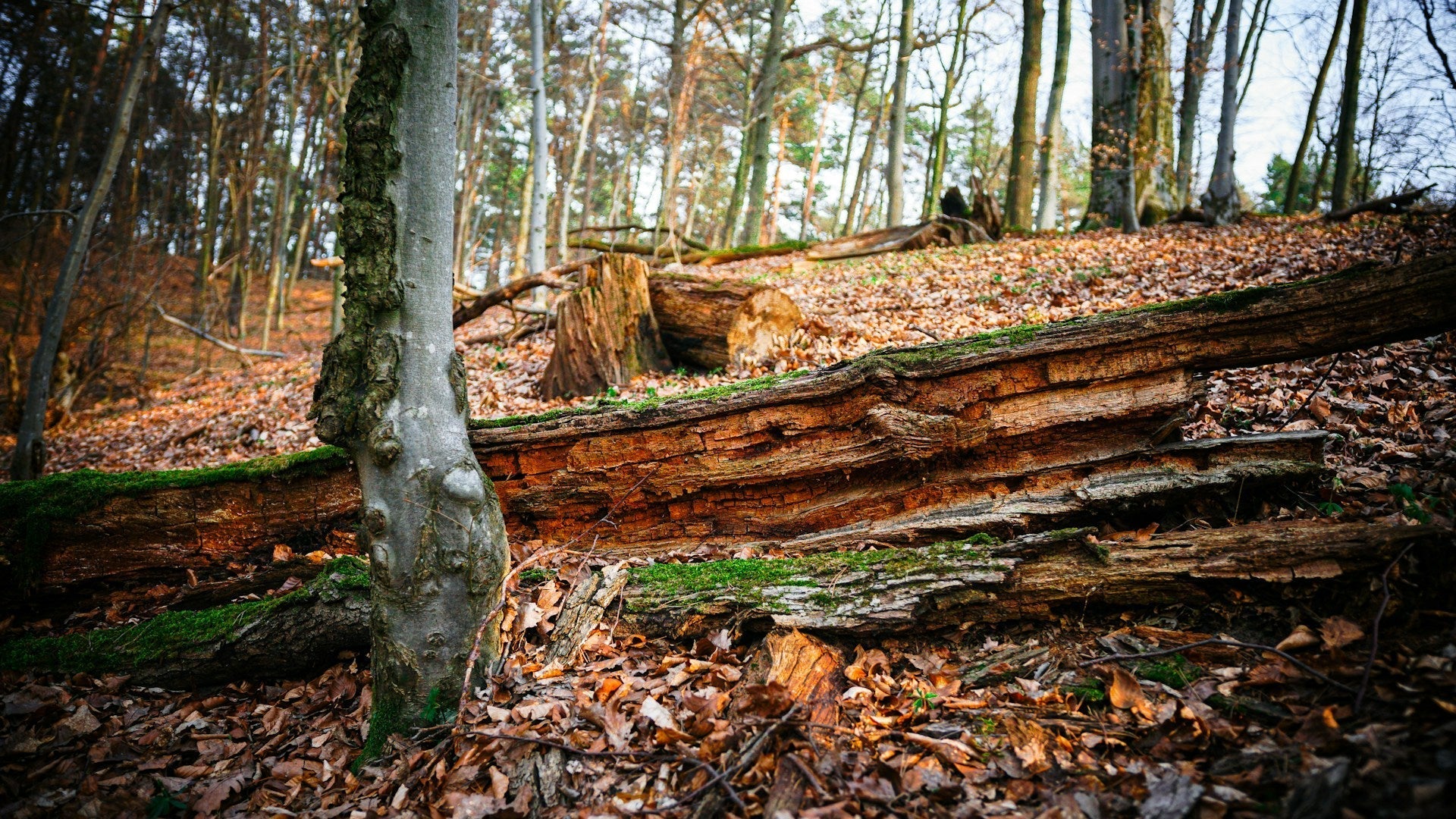
Creating natural pathways with wood chippings offers an effective method for shaping outdoor spaces that feel integrated with the surrounding environment. These types of pathways serve a practical purpose while encouraging soil health, water absorption, and long-term garden management. Compared to more rigid options, wood chippings adapt well to natural contours and allow for airflow and drainage beneath the surface. The aesthetic also blends more naturally into areas with heavy planting, helping to frame borders without overwhelming them. This article outlines how to design and install wood chip paths that are durable, practical, and environmentally responsive.
Pick the Right Type of Chippings
The type of chippings you choose will affect how the path performs and how it looks. Larger pieces from hardwood trees last longer and handle wear better, making them a solid choice for routes used daily. Softer chippings break down quicker, which means more frequent top-ups, but they work well in quieter corners of the garden. Bark UK’s hardwood bark range strikes a balance between lasting structure and natural appearance. Colour also makes a difference - darker tones help a path blend into thick planting, while lighter options brighten shady spots.
The way the chippings feel underfoot matters too. Coarse textures hold their shape better and help prevent compacting, which can block airflow and water. Finer mulches can feel soft at first but usually flatten out and form a crust. Always check if the chippings are sustainably sourced. Our FSC-certified bark ticks that box while also supporting soil life. Choosing well from the start reduces the work needed later.
Prepare The Ground First
No path will last if the base is rushed. Mark out the route clearly with rope or hose and walk it to see how it fits with the garden’s layout. Once that feels right, clear the turf and weeds to about 10 centimetres deep to stop them growing back. Levelling the area stops puddles forming and makes it easier to walk. Compact the soil well so the surface stays even and doesn’t shift later.
If the soil holds water, adding a slope to the middle of the path can help with drainage. Clay-heavy areas need extra attention to stop waterlogging. Avoid laying chippings straight onto soft ground, as this leads to faster breakdown and uneven wear. Remove roots, level everything off, and press it down properly. This base layer sets up the rest of the job.
Use A Base That Can Breathe
The layer below the chippings matters just as much as the top. On firm, dry soil, a compacted surface alone might be enough, but areas with poor drainage benefit from a layer of coarse sand or crushed stone. That improves structure and helps water pass through instead of sitting on top. Some gardeners add landscape fabric, but only if it’s breathable and doesn’t block roots and microbes.
Whether or not you use fabric depends on how permanent the path needs to be. Regular top-ups and maintenance often do the job without needing any extra layers. Bark UK gives advice on base layers that protect the soil without cutting off airflow. Keeping that balance right means the path supports itself and the garden.
Add Natural Edging to Hold It All In
A path without borders will spread and lose shape. Logs, offcuts, or timber beams work well as natural edging that fits into the garden’s overall look. Stones are another option, though they need to be laid carefully to avoid shifting over time. For softer edges, try low-growing plants or grasses that frame the path without looking too neat.
Edges keep the wood chips in place and help define the shape of the path. They also serve as a visual guide to protect nearby planting. Most edging types work well alongside wood chippings and contribute to a more structured layout. Choosing a border that complements the tone and texture of the path brings a sense of unity to the space.
Spread the Chippings Evenly
Once the base is prepared, apply wood chippings across the path at a depth of around 5 to 10 centimetres. This provides a soft walking surface while still letting rainwater drain through. Use a rake to level the surface without packing it down too firmly, giving it room to settle naturally. Watch for narrow or curved sections where chippings may shift more easily. Adjusting as you go helps maintain a consistent surface.
Adding a little more than required can offset early settling. If the chippings are fresh, letting them sit undisturbed for a day or two can help them dry slightly and lose any strong smell. This resting time also allows them to bed in before being walked on regularly. Choosing stable, untreated wood chips ensures a good result. A well-spread layer reduces the chances of future uneven spots.
Keep The Path In Working Order
As the wood chips break down, they slowly enrich the soil, but this also means some maintenance is needed. Topping up once a year helps keep the path level and functional. In damp or shaded areas, surface build-up like moss may develop, but a light rake can usually address it. This also prevents the surface from compacting too tightly.
It’s worth inspecting the path after storms or long dry spells to catch any early signs of wear. Dips or areas with less coverage can be topped up before they become problems. Keeping a basic maintenance routine ensures the path remains practical and comfortable underfoot. Staying consistent with the materials used keeps the appearance tidy. Regular upkeep saves time and effort down the line.
A Few Final Tips For Garden Path Maintenance
Over time, wood chip paths settle, shift, and soften. That’s part of their appeal. But keeping them tidy and usable means checking the surface often, adjusting edges, and topping up as needed. Stick to consistent materials and edging to avoid a patchy look. Make changes seasonally rather than letting problems build up.
Each garden has its own quirks, so take time to notice what works best in your space. Chippings may behave differently in a dry, south-facing bed compared to a shaded woodland border. The more you understand how your soil, plants, and layout interact, the easier it is to keep the path looking and working as it should. For consistent quality and supply, Bark UK remains a dependable source for bark and chip products.
Contact us to order wood chippings in bulk and begin shaping your garden path the natural way.


